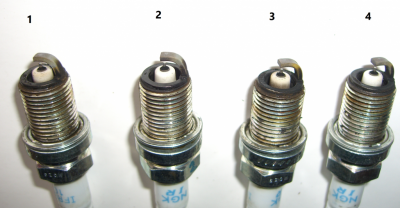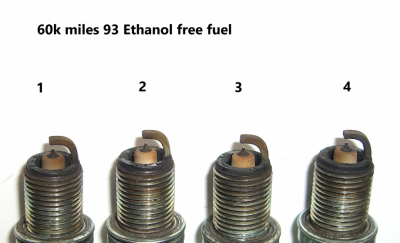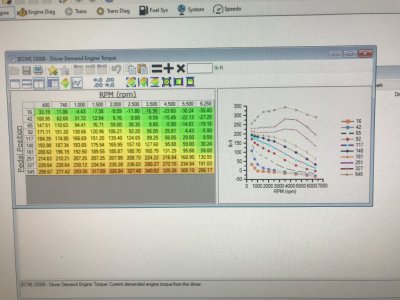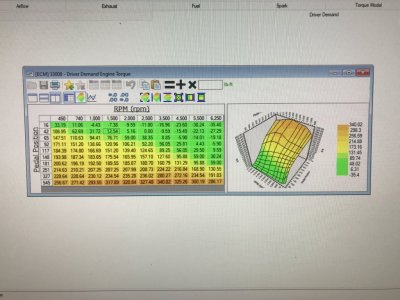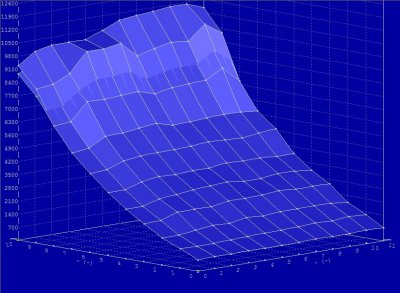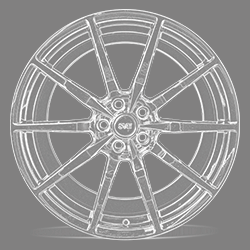VE is the key! I have always built my engine set ups around this philosophy. I had mentioned engine as "Air Pump" in another post...
Most great engine builder from Smokey Yunick to John Lingenfelter have focused on VE to create great linear power (from idle to highest RPM). That broader power band incorporating precise shift recovery points to continue accelerating through the power band yields a very fast car that at any speed will get up and go!
Great to see that you are almost done with this tuning endeavor. With your expertise, I still think you should get into the tuner market...
Most great engine builder from Smokey Yunick to John Lingenfelter have focused on VE to create great linear power (from idle to highest RPM). That broader power band incorporating precise shift recovery points to continue accelerating through the power band yields a very fast car that at any speed will get up and go!
Great to see that you are almost done with this tuning endeavor. With your expertise, I still think you should get into the tuner market...



